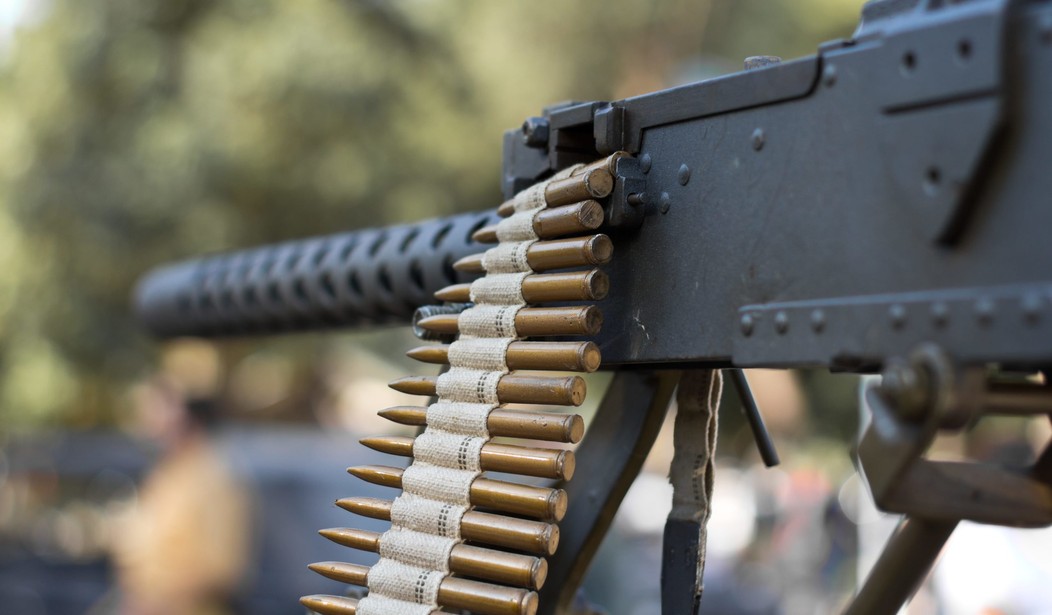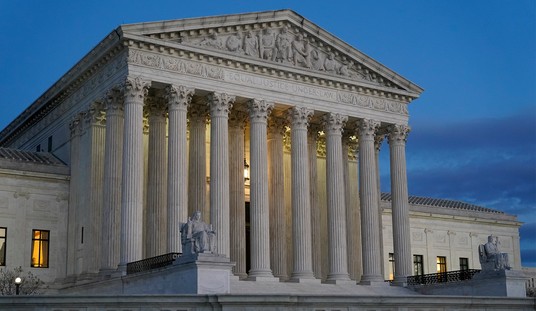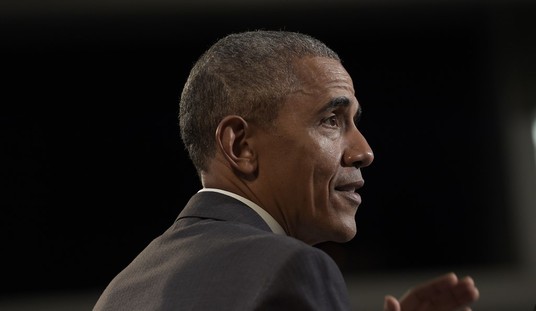John B. Fischer over at The Atlantic wants to explore the question “Is it morally acceptable to love machine guns?”
He wonders, how can one love guns knowing they kill people in this “era of mass violence”?
Fischer asks this question while visiting and participating in Oklahoma’s Full Auto Shoot and Trade Show (OFASTS).
I came here to answer a question: Why do people find it fun to attend a festival where they can shoot the country’s most powerful civilian weaponry during a time of mass violence? In many people’s view, gun ownership is integral to America’s cultural identity. But guns also cause a significant number of preventable deaths every year. So OFASTS offers a distinctive combination of recreation and regulation: Fans of automatic weapons have the chance to use some of the most heavily tracked armaments in the country, in an environment akin to a county fair.
The answer to that question, as Fischer finds out, is because it is fun. Or as he describes, “Plus, as I discovered, shooting was a genuine thrill—not unlike the adrenaline rush of driving a car at illegally high speeds.”
The folks at the OFASTS event were kind and accommodating to this New York writer, despite the fact that the mainstream media doesn’t treat gun owners fairly. Some people at the show were “wary” of him after learning who he is.
Fischer does a good job of explaining the regulation of machine guns, something the media crowd rarely understand or care to educate themselves about.
That’s because these weapons are now considerably rare: The Firearm Owners Protection Act of 1986 banned the sale of newly manufactured automatic weapons to civilians. Guns produced before the ban are individually monitored by the Bureau of Alcohol, Tobacco, Firearms, and Explosives, and they command premium prices. An AK-47 might cost a collector upwards of $15,000, Stover said; a .50-caliber Browning M2 could easily run to $80,000. Some people buy them exclusively as an investment, Stover told me.
He also explains that automatic weapons aren’t used in “gun violence.” And rarely, for that matter, are semi-automatic rifles. Why doesn’t he follow that fact to its logical conclusion and ask why there is so much emphasis on banning semi-automatic firearms like the AR15 when rifles are so rarely used in homicides? Habit?
Fischer also makes important points about America’s gun owners. “Laws are observed and safety procedures meticulously followed,” he notes at the Oklahoma event, much like any other shooting facility or competition or range.
The event was unquestionably fun, a safe and accessible forum for people to try guns they might never otherwise be able to use. Everywhere, families were hanging out: Older men talked shop, parents bonded with their children, couples sat in matching camp chairs.
It sounds like this event has made an impression on Fischer. He understands that for many people, firearms are a normal part of life and they are at the center of family traditions and social times.
But, but, but: “But at the same time, it’s also impossible to ignore the unintended consequences of American gun culture,” he writes.
It’s only a problem if you don’t differentiate the criminal element engaged in gun violence from the vast majority of firearm owners who have nothing to do with gun murders. Why connect the two as Fischer does? Is there a moral issue covering the Indy 500 because people are killed by drunk drivers? Is there a moral issue covering Olympic swimming because people drown in pools and bathtubs?
Ninety percent of all violent crimes in the U.S. do not involve a firearm.
Both cars and water are responsible for more deaths than “gun violence” but there isn’t the same level of anguish over what to do about the “car” or “bathtub” problem.
Fischer concludes, “The first step toward any reconciliation of policy positions will be an acknowledgement from individuals on both sides that they can be both right and wrong at the same time.” Actually, they can’t. One side is right and one side is wrong. One side wants to punish and restrict the other side to solve a problem for which they are not responsible. Law-abiding firearms owners are the people who are the intended subjects of the left’s “solutions” to gun violence, not the actual perpetrators of gun crime. Until that stops, until the left stops trying to infringe on our right to keep and bear arms, the fight will continue. It’s unfortunate that Fischer didn’t learn that lesson from his enjoyable, safe experience with the gun community in Oklahoma.









Join the conversation as a VIP Member